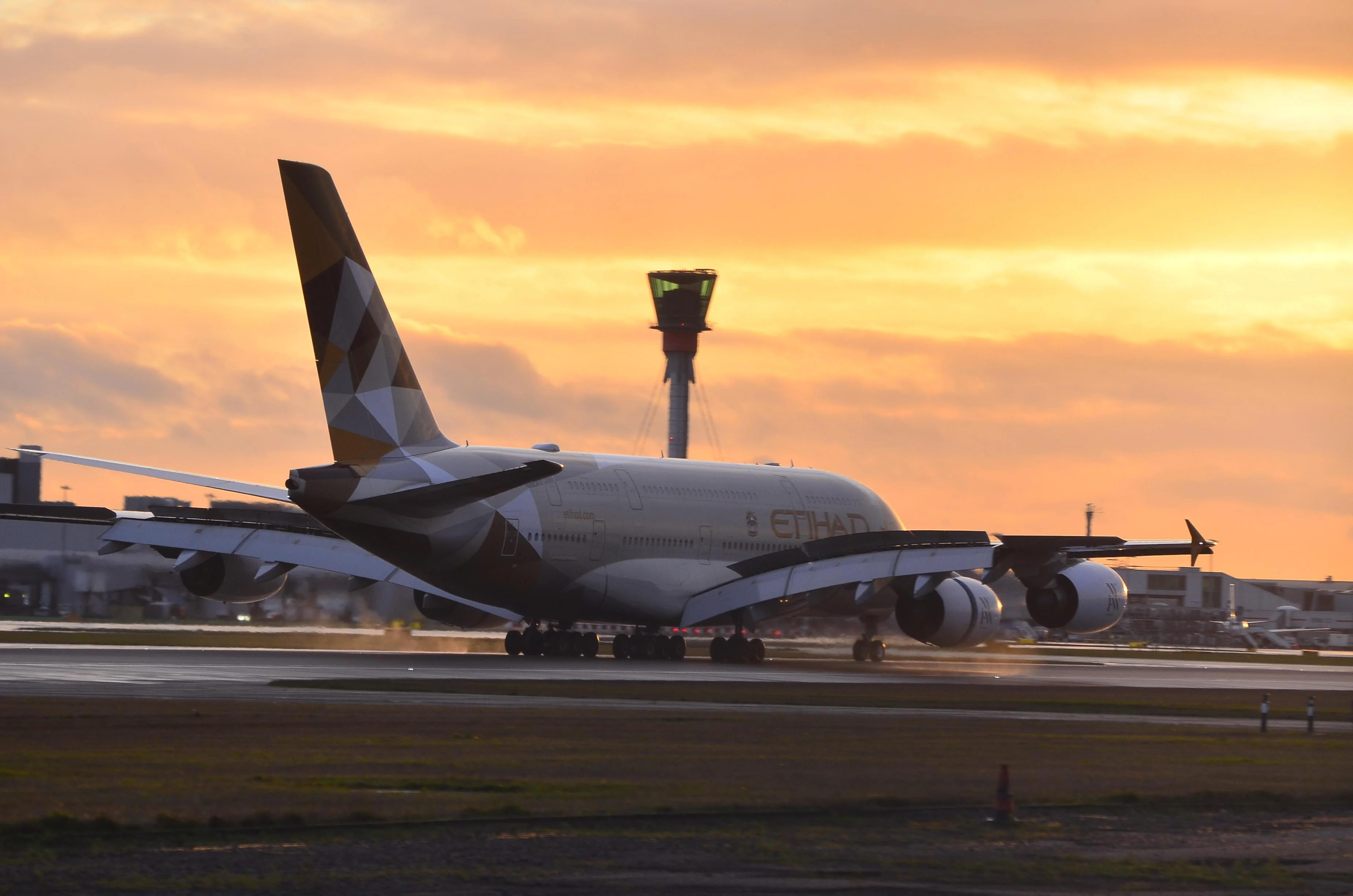
Welcome to Routes’ weekly look at how the Middle East and African aviation markets are responding to the COVID-19 pandemic, helping you understand the schedule changes and manage the impact so we can navigate through this crisis together.
The data is supplied by OAG using its OAG Schedules Analyser tool unless stated. Please note: the COVID-19 crisis remains fluid as airlines around the world continue to make dramatic capacity cuts. OAG has taken several steps to ensure the data is as accurate as possible.
Middle East capacity
The number of departure seats from and within the Middle East shrank by more than 335,000 last week (w/c April 27), representing a week-on-week reduction of 22%. The OAG data shows there were just 1.17 million seats, meaning the region’s market is 75% smaller than the same period a year ago when capacity totaled in excess of 4.7 million seats.
Saudi Arabia again topped the list for the largest reduction in numerical terms. The number of departure seats declined by 221,870 last week, compared with the previous seven days. The 37.3% fall week-on-week fall means the country’s market ended April with 372,831 weekly seats, compared with in excess of 750,000 at the start of the month.
Iran also recorded a drop of more than 100,000 seats last week as its market reduced in size by a quarter. In Bahrain, capacity also fell by 63% week-on-week, representing the largest decline in percentage terms. However, there were some signs of growth in the Middle East last week. Almost 50,000 departure seats were added in Oman, along with nearly 8,000 in Israel and 6,000 in Kuwait.
https://infogram.com/covid-middle-east-capacity-withc-27-april-1h7j4dpk…
Middle East airlines
Saudia offered the largest number of departure seats from and within the Middle East last week although its capacity dropped by almost 180,000. Air Arabia upped its capacity by nearly 5,000 seats to 156,684 seats, maintaining its position as the second-largest carrier in the region. Oman Air is now the third largest following a week-on-week rise of more than 60,000 seats.
https://infogram.com/covid-middle-east-airlines-withc-27-april-1hd12y0v…
Of the ME3, Emirates Airline offered just 1,416 scheduled departure seats from and within the Middle East last week, compared with in excess of 785,000 at the beginning of February. Etihad Airways offered 8,534 seats last week, while Qatar Airways had 71,021. During May, Emirates said it would operate limited one-way flights to five international locations: Frankfurt, London, Manila, Sao Paulo and Shanghai. Meanwhile Etihad has pushed back the launch of its Abu Dhabi–Vienna route, previously scheduled to begin in July. The inaugural flight has been rescheduled for Oct. 25, according to Airlineroute.
Despite the ongoing travel restrictions, Wizz Air has this week revealed the first five markets it plans to serve from Abu Dhabi International (AUH) ahead of opening a hub there later this year.
The routes will connect the capital of United Arab Emirates with Budapest (BUD), Hungary and Bucharest (OTP), Romania from June 3, with flights from Katowice (KTW) in Poland, Sofia (SOF) in Bulgaria and Cluj-Napoca (CLJ) in Romania following on Sept. 15.
Africa capacity
Overall capacity across Africa remained steady last week, with just a slight 0.6% fall on the previous seven days to 854,290 departure seats. Three out of four regions experienced growth, with the markets in North Africa, Eastern Africa and Central/Western Africa growing by 8.5%, 6.1% and 2.9% respectively. Between them, the three regions added about 40,00 seats. However, Southern Africa’s market continued to shrink, reducing by 45,838 seats to total fewer than 150,000 seats.
https://infogram.com/covid-africa-capacity-withc-27-april-1hzj4ong5pmo2…
Africa airlines
Looking at the OAG data by airline, Air Algerie added the largest amount of capacity last week in numerical terms, increasing the total number of departure seats by 56,887 to 58,157. Ethiopian Airlines also doubled its capacity to 82,162 seats, while Mango added in excess of 18,000 seats to total 46,248.
The largest reduction came at Comair, with capacity declining by 55,629 seats. Tunisair was second, with a 41,678 reduction, and RwandAir third, with a 28,129-seat decline.
https://infogram.com/covid-africa-airlines-withc-27-april-1h8n6mzr5o5z2…
Photo credit: Nigel Howarth / Aviation Week
